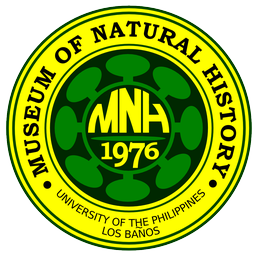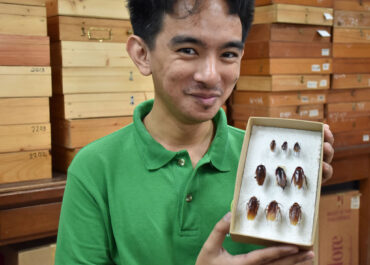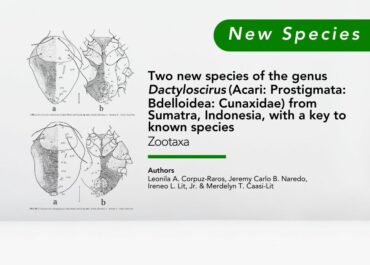New, critically endangered tree species found in Mt. Mantalingahan dedicated to PH botanist Dan Lagunzad
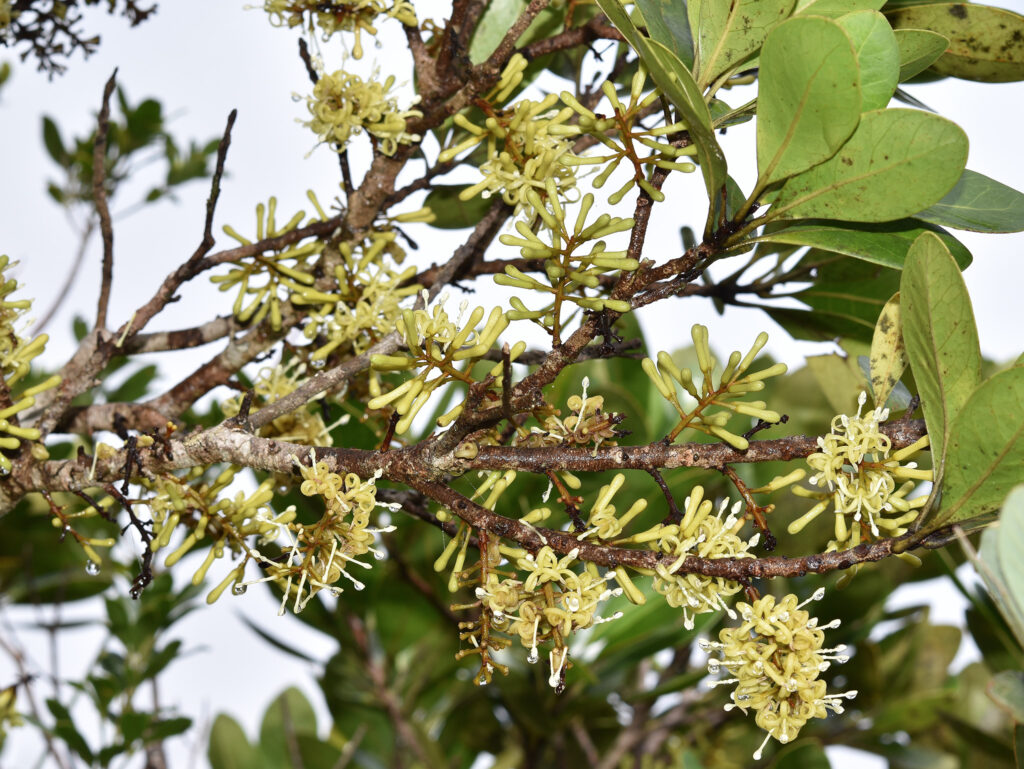
The Philippine Journal of Science recently announced, through its upcoming 152nd volume, the discovery of the 6th species of Helicia in the Philippines.
According to the journal, foresters from the University of the Philippines Los Baños led by Professor Pastor L. Malabrigo, Jr. found the new tree species, now named as Helicia danlagunzadii, thriving within a small population inside the Mt. Mantalingahan Protected Landscape (MPPL) in Palawan island.
Aside from teaching at the university and doing research, Prof. Malabrigo is also serving as the UPLB Museum of Natural History’s curator for native trees.
The biodiversity hotspot that is Mt. Mantalingahan
During a fieldwork funded by the Forest Foundation Philippines in July 2019, Prof. Malabrigo and his team composed of Assistant Professor Arthur Glenn A. Umali, and graduate students Gerald T. Eduarte, John Ryan L. Navidad, and Adriane B. Tobias surveyed the closed broadleaved forest of Barangay Ransang in the town of Rizal, Palawan.
Brgy. Ransang is inside the MMPL, the largest contiguous forest in the Palawan Man and Biosphere Reserve. Towering at 2,085 meters above sea level, Mt. Mantalingahan is Palawan’s highest mountain, and covering around 120,000 hectares, serves as the landscape’s center for biodiversity.
The fieldwork was one of the scheduled surveys done by Prof. Malabrigo and his team for FFP, which implemented the project “Enhancing Conservation Action for Mt. Mantalingahan Protected Landcape”. The project was conceived because the government was pushing for Mt. Mantalingahan Protected Landscape to be listed as a UNESCO World Heritage Site and that would entail that the protected area have a management plan backed up by solid biodiversity data.
Seeing the tree for the first time
The team was on its fourth day of the expedition aimed to traverse Mt. Mantalingahan from north to south. They were actually near at the peak on the third day but had to spend the night to rest for the final ascent starting on 3:00 AM the next day.

Just around the break of dawn and at about 1,360 masl along the trail, Prof. Malabrigo and his group encountered a flowering small tree which they have never seen before. They were at the edge of the mossy forest of Mt. Mantalingahan, just below the areas where trees do not grow tall due to cold temperature, harsh winds, and strong UV radiation.
“It was still a bit dark, but along the way to the peak, we saw this salimai tree which was tall as a one-storey house. It was covered with very small, bright, yellow flowers growing out from the branches, not the apical leaves,” he recounted.
He added that if not for the bright flowers, the team could have missed noticing the tree. Salimai is the collective common name of trees belonging to the genus Helicia.
“When I first saw it, I immediately felt that it was an undescribed tree and still unknown to science,” he said. Prof. Malabrigo was very familiar with the genus Helicia and have already seen all five species present in the Philippines.
“I was 95% sure that the tree could be a new species, because all of the Helicia we know then have long, apical inflorescences with dull color,” he explained.
Taxonomy, systematics, and collections at work
After taking numerous photos of the trees and their parts, Prof. Malabrigo and his team prepared proper voucher specimens which were brought back to the University of the Philippines Los Baños for further analysis.
Over the next three years, the specimens were compared to herbarium collections of notable museums and botanical gardens in the Netherlands, United Kingdom, France, and the USA.
The group also checked historical taxonomic literature authored by Adolph Daniel Edward Elmer and Elmer Drew Merrill, American botanists who were able to massively study Philippine and Malesian flora before the World War II.
“And for good measure, we also used current occurrence data and images from JSTOR Global Plants and the Global Biodiversity Information Facility,” he stated.
The team found that their specimens closely resemble that of H. loranthoides Presl. But after closer and deeper examinations of vouchers, they determined that some features of their specimens are different.
Foremost of all, the group have observed that the tree is unique from other Philippine Helicia because it produced yellow flowers, which are very short– less than 4 cm– on its branches. The other Helicia species produce flowers from the leaf axil.
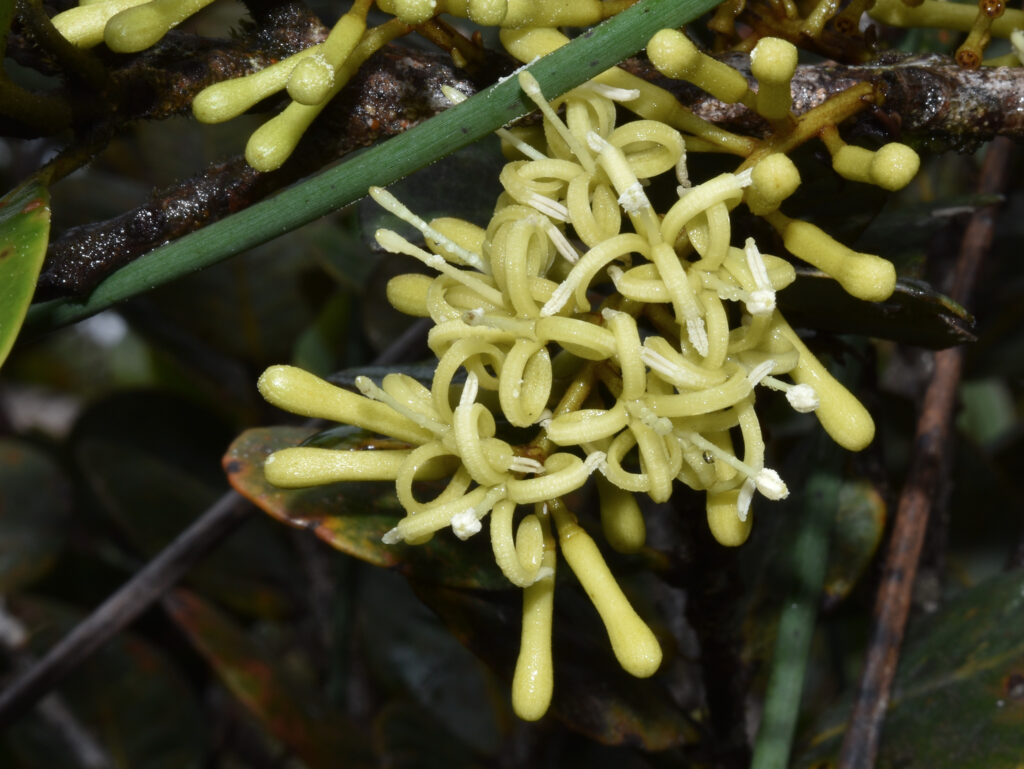
“Several of the tree’s characters make it distinguishable from the others, and even if we have yet to collect and study the fruits, the combination of the characters is enough to declare the tree, which we later named as Helicia danlagunzadii, as a new species,” Prof. Malabrigo explained.
He added that if not for the comparison between the specimens and several museum collections, determining whether the H. danlagunzadii is new to science or not would not be possible.
“This makes natural history collections and voucher specimens such as ours as important physical evidences and references… without museums, a taxonomist’s job would be very difficult,” he said.
According to Prof. Malabrigo, the holotype of H. danlagunzadii was deposited at the Forestry Herbarium and Wood Collection of the UPLB Museum of Natural History. On the other hand, duplicates of the herbarium specimens have been deposited at the MNH’s Botanical Herbarium and the National Museum of the Philippines’ National Herbarium.
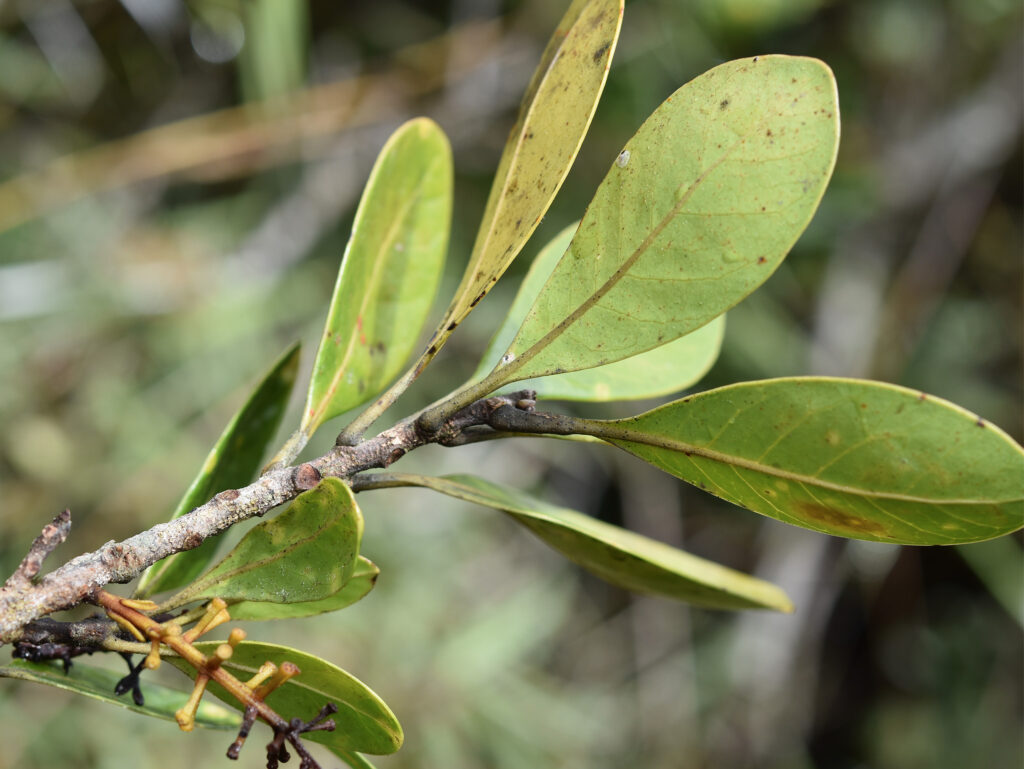
Honoring a generous mentor
Helicia danlagunzadii was named by Prof. Malabrigo after Dr. Daniel A. Lagunzad, a highly regarded and accomplished professor of biology at the University of the Philippines Diliman Institute of Biology.
Endearingly called “Sir Dan”, Dr. Lagunzad was a co-founder of the Philippine Native Plants Conservation Society and considered as one of the country’s experts in systematics and ecology when he died in 2010 due to an illness.
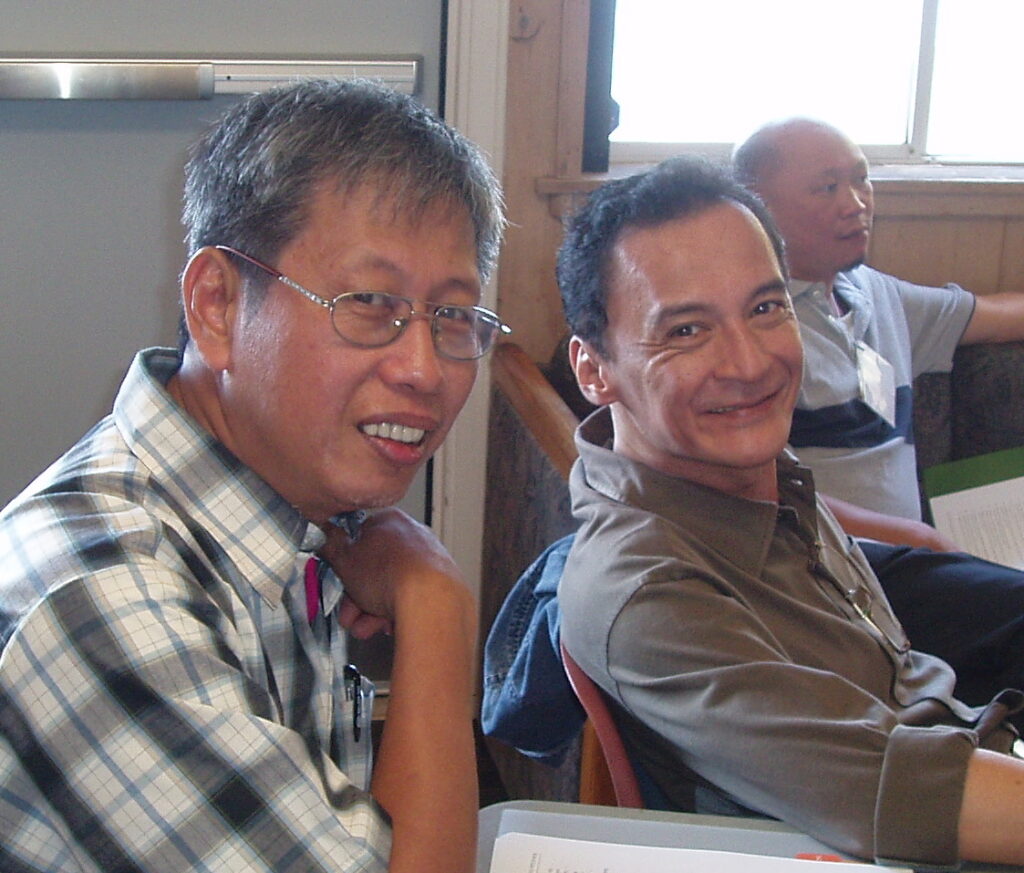
“Sir Dan was my mentor, a generous one at that, who later became one of my best friends,” he intimated. “I owe much of my success to his teaching me a lot of computer-based taxonomic techniques when these were not yet popular,” he added.
Prof. Malabrigo recounted the time when he first met Lagunzad to ask for research advice. “One weekend, I came to his house at the faculty housing in UP Diliman, and as were going to his office in his car, we had a flat tire… and so rather than lose precious time at the vulcanizing shop, he coolly opened his laptop, put it onto the car’s hood, and started to teach me there and then.”
According to him, Dr. Lagunzad taught him how to develop an interactive taxonomic key for his MS thesis on the identification of Philippine rattan. “Even though Sir Dan was not among my advisers, he was ever so generous in sharing his knowledge,” he shared.
“He was a computer wizard, and he taught me how to extensively use spreadsheet functions for work and research, and shared with me a lot of scientific references, lecture templates, and papers for my teaching and research,” he furthered.
Prof. Malabrigo said that it was his long-time desire to name a tree after Dr. Lagunzad. “It is an honor for me, to honor someone who was generous to practically almost everybody.”
In the past few years, Prof. Malabrigo was able to discover and describe several new species of flora, but these were mostly shrubs. “So when we found the tree in Mt. Mantalingahan and saw its bright yellow flowers, I immediately thought of Sir Dan…. his favorite color was yellow, and he usually wore a yellow polo shirt… It was really the most appropriate opportunity to honor him with the new species,” he explained.
Critically-endangered tree needs protection
According to Prof. Malabrigo, the H. danlagunzadii they saw inhabited an area of less than 4 square kilometers inside the MMPL. By comparison, the figure is roughly the same area as of 109 Philippine Arenas combined.
“For the layman, this is a huge area… but after finding only three mature trees in that area, we decided to classify the new species as Critically Endangered based on the criteria of the International Union for Conservation of Nature,” he stated.
The team also estimated that H. danlagunzadii may occur to an extent of less than 20 square kilometers, which is just a bit larger than the entire UPLB campus’ area. “But of course, we need to have more expeditions, and more follow-up surveys soon… as the MMPL is a extremely large area,” he said.
H. danlagunzadii is also categorized as endemic to Palawan, pending future expeditions and studies which may establish its occurrence elsewhere in the Philippines and in the world. So for the meantime, H. danlagunzadii is only found in Palawan and nowhere else in the world.
When asked whether H. danlagunzadii may have some indigenous use which may pressure the population, Prof. Malabrigo replied that “as of the moment, we are unsure if H. danlagunzadii is being used by locals.”
A cursory literature search indicated that the young shoots of the Philippine non-endemic H. robusta can be cooked and eaten as a vegetable. The said species’ wood is heavy and hard, making it suitable for making farm implements and constructing houses of light materials.
“In India and Indonesia, there are some peoples which use the salimai as folkloric medicine, although this indigenous knowledge is poorly documented in the Philippines,” Prof. Malabrigo added.
However, he theorized that there could be a use for H. danlagunzadii‘s nuts. “Helicia is a member of the Proteaceae that includes the genus Macadamia which has two species commercially important for their nuts,” he said.
Prof. Malabrigo explained that in botany, trees which are related have high likelihood of having the same chemical make-up. “So, if we consider that, Helicia nuts may possibly taste like macadamia nuts,” he said.
But he essentially said later on that “usually, if a tree is being used extensively by members of the community, it should already have a local name.” They have asked around, and people there could not identify the tree and tree parts they have collected. The location where they also saw trees were already near the peak which is really so far from any community, and access is very limited. “There is a small chance the locals are already using H. danlagunzadii as a bio-resource,” he stated.
“And so by discovering and naming this tree, and putting it on record, more studies can be done in terms of determining its future use and benefits,” he added.
Prof. Malabrigo stressed the utmost importance of protecting the only known occurrences of H. danlagunzadii in the Philippines. Although the pandemic has “positively” contributed to the protection of Mt. Mantalingahan when the protected area was closed to hikers, he said that the park will need to manage human disturbances again due to renewed access. “H. danlagunzadii is close to the trail and people may mistakenly use its wood for hiking, cooking, and others,” he explained.
“Fortunately, our collaboration with the MMPL is still ongoing, and we will be able to conduct two more traverse climbs to complete our expeditions and explorations,” Prof. Malabrigo stated.
“We expect to see the trees still there, and we hope to see more of them thriving in the wild,” he exclaimed.
Search
Archives
Categories
- Announcement (21)
- Feature (21)
- News (141)
- Press Release (55)
- Research (4)
- Services (3)
